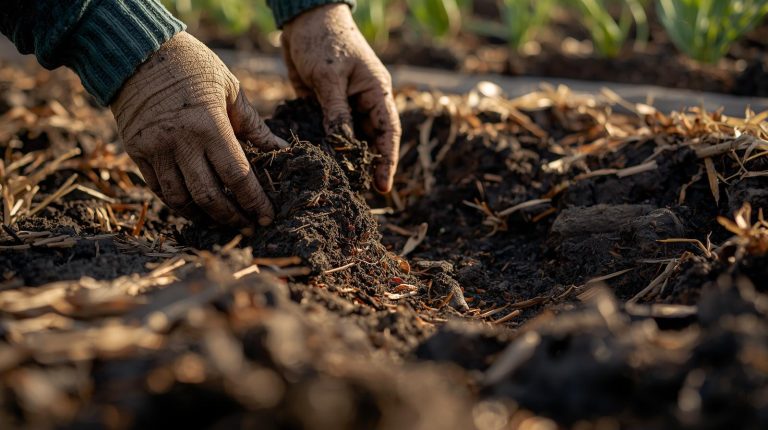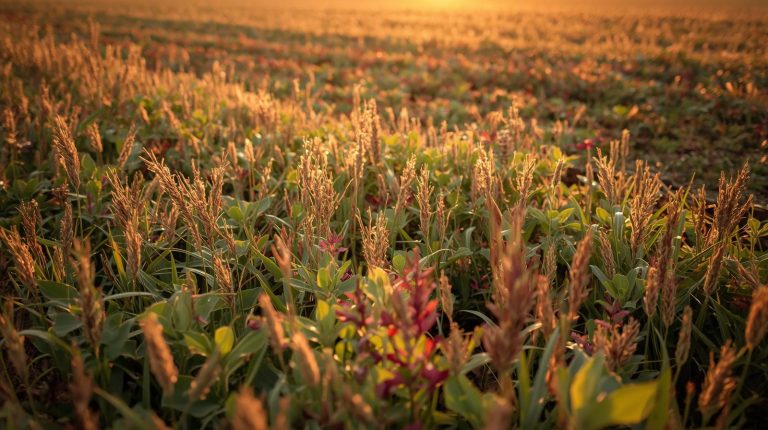In the bustling cityscape, your garden can be a sanctuary for both you and local wildlife. By embracing native plants, you’re not just gardening, you’re joining a community committed to environmental stewardship.
You’ll cultivate a space where natural beauty thrives with minimal intervention. These plants have grown up in your region, so they’re well-suited to the climate and soil, meaning you’ll use less water and forego harsh chemicals.
As you nurture these natives, you’ll attract birds, bees, and butterflies, all seeking refuge in your little patch of harmony. Your garden becomes a living mosaic, reflecting the unique ecosystem you call home.
Join hands with nature, and watch as your eco-friendly garden flourishes, connecting you to the earth and your community in the most profound way.
Choosing the Right Natives
Selecting native plants that thrive in your specific ecoregion is crucial for an eco-friendly garden. These plant species are adapted to local conditions, requiring less water and resisting soil erosion more effectively.
They offer the best food and shelter for beneficial insects and wildlife, fostering a sense of community within your ecosystem. By choosing the right natives, you’re not just planting flora, you’re rebuilding a home for countless organisms.
When you’re part of eco-friendly gardening, you’re contributing to a larger movement, one that values sustainability and interconnectedness. You’ll find belonging in this community of gardeners, dedicated to nurturing the environment.
Water Conservation Strategies
You’ll find that many native plants need substantially less water, directly reducing your garden’s overall consumption. By choosing plants that grow naturally in your climate, you’re tapping into the most environmentally friendly water conservation strategies available.
Native plants have adapted to local conditions, requiring less additional watering and preserving vital soil moisture. This harmony with nature means you save water and contribute to a sustainable ecosystem.
Implementing these water conservation tactics isn’t just about being eco-conscious; it’s about fostering a sense of connection with the land you inhabit. By nurturing native species, you’re supporting local wildlife and ensuring that future generations can enjoy the natural world just as much as you do.
Transition wisely, respect the environment, and cherish the water-saving benefits that native plants offer.
Attracting Local Wildlife
By incorporating native plants into your garden, you’re not just cutting down on water use; you’re also creating a magnet for local wildlife. These native species offer vital habitats for birds and insects, supporting biodiversity right in your backyard.
As urbanization continues to encroach on natural spaces, your choice to create an eco-friendly garden becomes a haven for native animals, countering habitat loss.
Sustainable gardening with native plants isn’t merely a trend; it’s an impactful contribution to environmental preservation. You become a part of a community that values nature’s balance, attracting local wildlife and providing them with the resources they need to thrive.
Embrace this rewarding practice, and enjoy the flutter of butterfly wings and the songs of birds as your garden becomes a sanctuary for life.
Sustainable Maintenance Techniques
To maintain your eco-friendly garden efficiently, you need to employ sustainable techniques that complement the natural resilience of native plants. Opting for natives means you’ll use less water, as these species are adapted to local conditions. They’re less likely to require frequent care, letting you enjoy a more hands-off approach.
When it comes to weeds, remove them by hand or with manual tools, integrating sustainable gardening practices that protect the soil structure and foster a sense of community with the earth.
Mulching is a champion move — it conserves moisture, reduces erosion, and keeps those pesky weeds at bay. Create a cycle of nourishment by making your own compost; it’s a way to give back to the land that sustains you.
Embrace these methods to cultivate harmony in your green space.
Benefits of Native Gardens
While you’re planning your garden, consider that incorporating native plants can significantly increase local biodiversity, creating a haven for regional wildlife. These native species are the cornerstones of an eco-friendly garden, harmonizing with your local environment to offer sustenance and shelter to various animal species.
By adopting these gardening practices, you’ll find native plants require less water and care, since they’re perfectly adapted to your area’s climate and soil conditions. This not only eases your gardening workload but also conserves precious resources. Furthermore, the use of native plants minimizes the need for fertilizers, reducing runoff and promoting a healthier ecosystem.
Even the simple act of leaving grass clippings can enrich the soil, encouraging a thriving garden that’s truly a part of the local landscape.
Conclusion
In conclusion, by planting natives, you’re not merely gardening, you’re restoring a slice of the ecosystem. Your water-saving efforts and wildlife-friendly spaces aren’t just theory—they’re real actions making a tangible impact.
Keep up the sustainable practices, and watch as your eco-haven thrives, supporting nature’s harmony. Your native garden stands as a testament to the beauty and resilience of working with, not against, our environment.
Embrace this green journey; it’s a true force for change.




